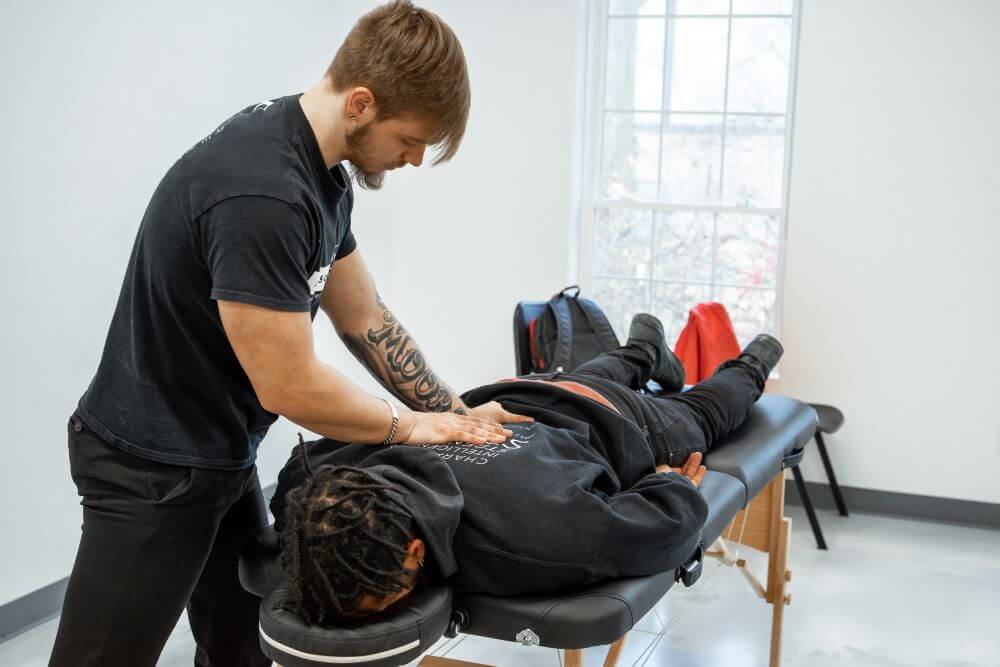
Exploring the Benefits of Different Massage Techniques
Massage therapy is a diverse and holistic field offering a multitude of techniques designed to heal, relax, and rejuvenate. As a massage therapy student, understanding the unique benefits of different massage techniques is essential to effectively address the varied needs of your future clients. Here’s a closer look at several popular massage techniques and their benefits:
1. Swedish Massage
Swedish massage is often the go-to choice for individuals new to massage therapy. It involves a variety of strokes, including kneading, long, flowing strokes, deep circular motions, vibration, and tapping.
Benefits: This technique helps to relax and energize the client. It can also relieve minor muscle tightness and is often used for stress management.
2. Deep Tissue Massage
Deep tissue massage uses more forceful strokes to target the deeper layers of muscle and connective tissue. It’s commonly used to help with muscle damage from injuries.
Benefits: This method is particularly beneficial for chronic aches and pains, such as stiff neck, back pain, leg muscle tightness, and sore shoulders. It can also break up scar tissue and physically break down muscle “knots” that can disrupt circulation and cause pain.
3. Sports Massage
Designed for athletes, sports massage techniques are useful to help with the demands of sporting activities on the body. It can be utilized pre-performance, post-performance, during training, or for rehabilitation.
Benefits: Sports massage promotes flexibility, reduces fatigue, improves endurance, helps prevent injuries, and prepares the athlete’s body and mind for optimal performance.
4. Trigger Point Massage
Trigger point massage focuses on areas of tight muscle fibers that can form in muscles after injuries or overuse.
Benefits: This massage technique helps manage chronic pain and reduce the intensity of muscle knots. It can also aid in releasing constricted areas in the muscles thus alleviating pain.
5. Shiatsu Massage
Shiatsu is a Japanese form of massage where the therapist uses varied, rhythmic pressure from the fingers on parts of the body that are believed to be important for the flow of the body’s vital energy, known as “chi”.
Benefits: Shiatsu massage helps to promote emotional and physical calm and relaxation, relieve stress, anxiety, and depression, and aid in circulation. It’s also often used to help with digestion and for overall wellness.
6. Reflexology
Reflexology involves applying different amounts of pressure to the feet, hands, and ears. It’s based on a theory that these body parts are connected to certain organs and body systems.
Benefits: Reflexology can help with relaxation and stress relief, improving nerve function, circulation, and energy levels. It can also stimulate the central nervous system and may be used to accompany other treatments for various medical conditions.
7. Hot Stone Massage
Hot stone massage involves placing warm stones on specific parts of the body, which can be both deeply relaxing and help warm up tight muscles so the therapist can work more deeply.
Benefits: The warmth of the stones can enhance feelings of relaxation, reduce muscle tension, relieve pain, and promote improved sleep.
As a massage therapy student, being well-versed in these techniques and their respective benefits allows you to provide individualized care to each client. Remember, everyone responds differently to massage techniques, and part of being an effective therapist is understanding how to adapt your approach to meet the needs of each individual. By mastering a variety of techniques, you will be well-equipped to do just that, ensuring your clients receive the maximum benefits from their massage therapy sessions.